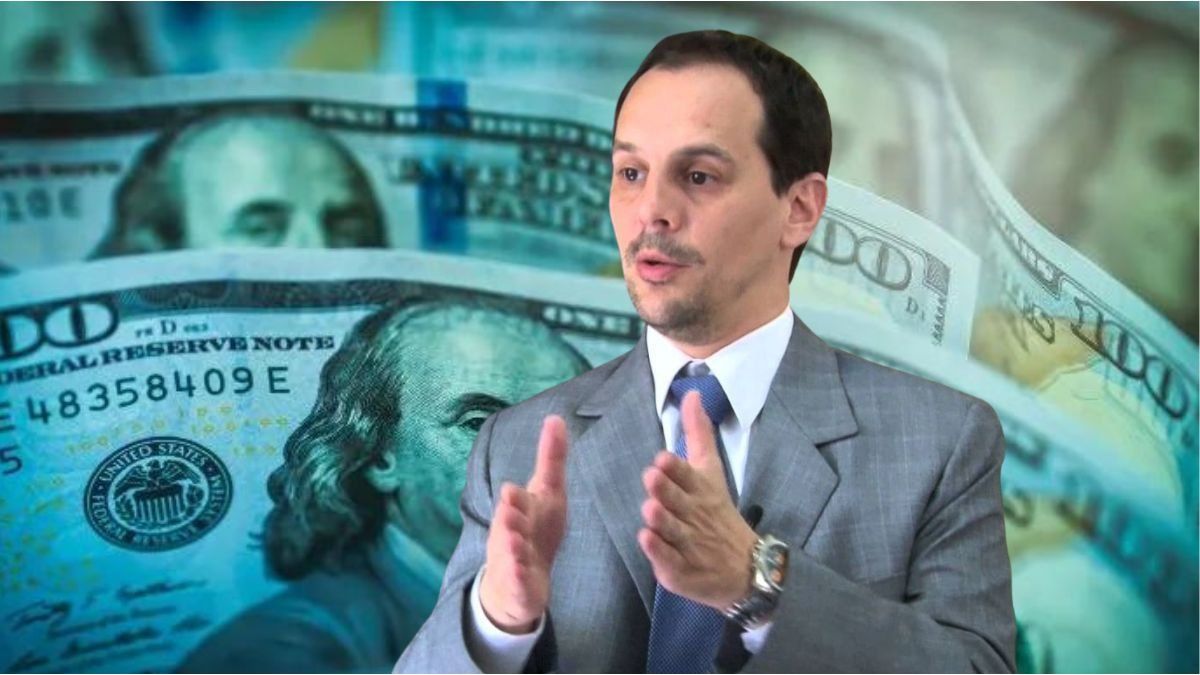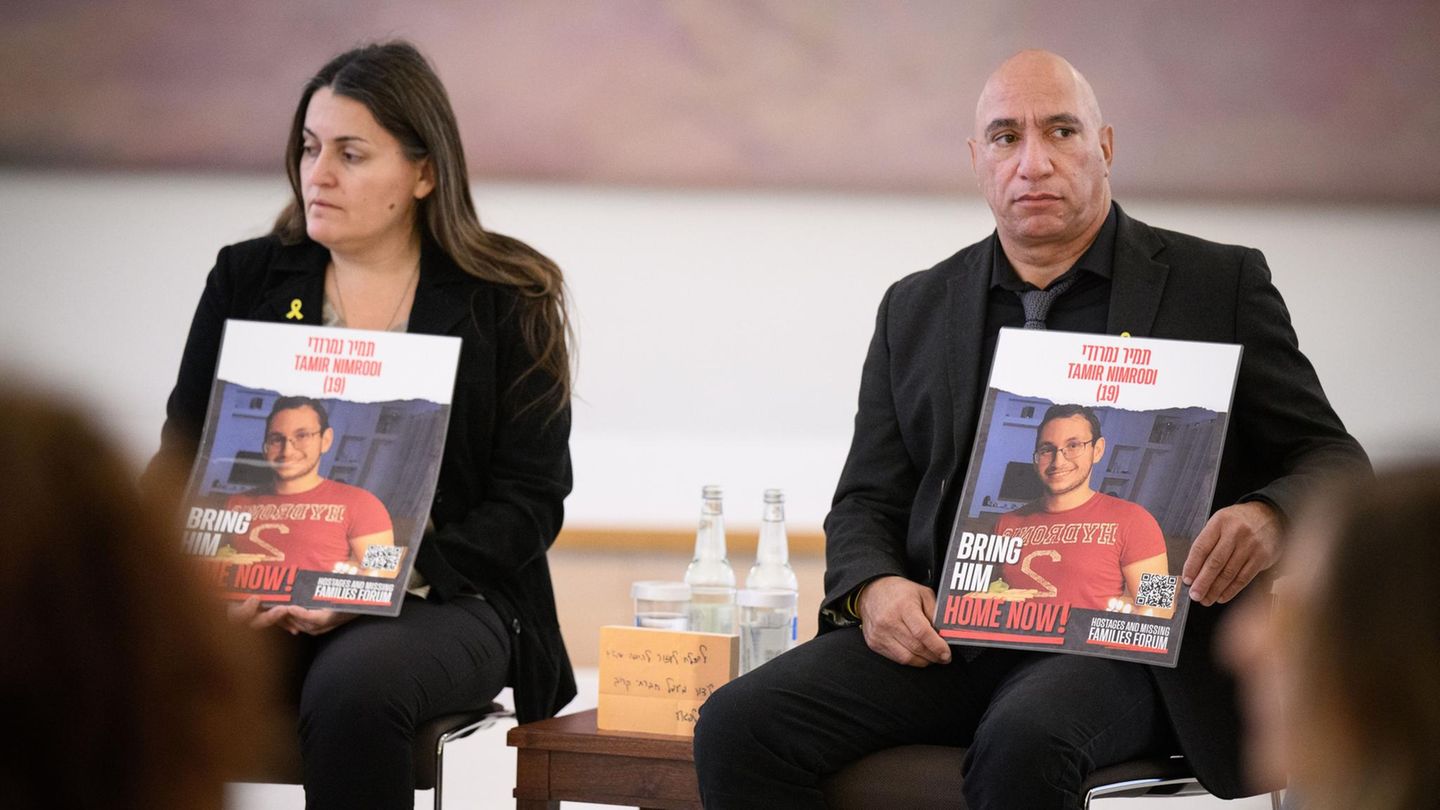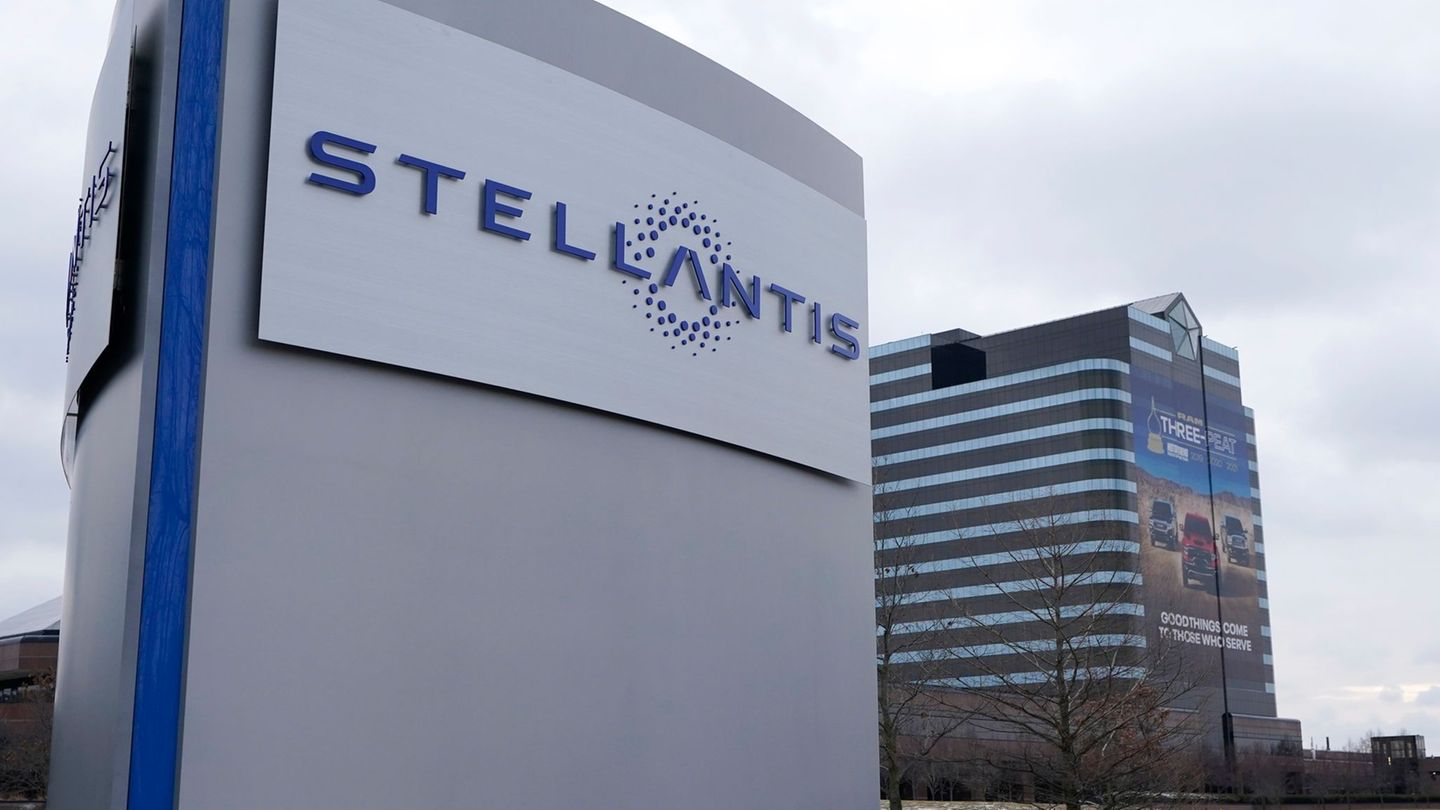The economist analyzed the new exchange scheme and celebrated the departure of the stocks, but warned that the current exchange rate remains below the equilibrium level. What does this backwardness imply for the competitiveness and the future of the model.
At the beginning of the third week No exchange stockwith the official exchange rate floating between $ 1,000 and $ 1,400 and a 10% drop in financial dollars, the economist Fausto Spotorno He turned on the debate for the real value of the dollar in Argentina. Although he stressed that the departure of the CEPO was “successful” and considered positive the initial impact on prices, warned that the current exchange rate is “appreciated” with respect to its equilibrium level.
The content you want to access is exclusive to subscribers.
“A theoretical equilibrium dollar, without net capital or exit, should be located around US $ 1500,” said the director of the OJF & associate consultant in an interview with now Play. According to his vision, the current price of the currency reflects a deliberate strategy of the Government of Javier Milei to combat inflation, although he puts the competitiveness of the productive sector in check.


Why the dollar went down after the end of the stocks
Spotorno explained that, prior to the lifting of the restrictions, the market behavior caused pressure on the reserves of the Central Bank: “Exporters postponed sales and importers anticipated, waiting for a devaluation.” With market release, that pattern was reversed: now there is more supply of dollars and less speculative demand, which partly explains the parallel exchange rate.
However, he criticized that the government is not taking advantage of that greater offer to repurchase reservations, but that the dollar drops as part of its fight against inflation. “The priority is again that prices are not escaped,” he said, added that the measurements of his consultant show that in April inflation would be less than 3%.
“Of 500 prices that we checked in supermarkets, only 20 showed increases after the stocks,” said the economist, celebrating the brake in the price rise, but warning about the costs in terms of real exchange rate.
The dollar at $ 1400 does not reach: Is there delay?
For Spotorno, even with an official dollar at $ 1,400, the exchange rate is still late if genuine competitiveness is sought. “If a company is not profitable even with that value of the dollar, then it has two problems: or it has a cost problem or a business model problem,” he said.
This diagnosis once again puts in the center of the debate the structural issue of the Argentine economy: tax pressure, workload and logistics costs that affect the profitability of the private sector, beyond the specific exchange rate.
“The exchange rate does not solve everything”: the final warning
Although he acknowledges that an adequate exchange policy can temporarily improve competitiveness, Spotorno was clear: “The exchange rate can give you 20% or 30% relief, no more. If the problem is deeper, the exchange rate does not solve it.”
In that sense, he asked to advance with a “restructuring of the productive matrix” that allows to sustain the growth without depending exclusively on the dollar. And he recalled that during the government of Mauricio Macri the capitals that entered were used to finance the fiscal deficit. Now, he said, the objective should be another: “That silver finances economic growth and exports.”
Source: Ambito
I am a 24-year-old writer and journalist who has been working in the news industry for the past two years. I write primarily about market news, so if you’re looking for insights into what’s going on in the stock market or economic indicators, you’ve come to the right place. I also dabble in writing articles on lifestyle trends and pop culture news.




